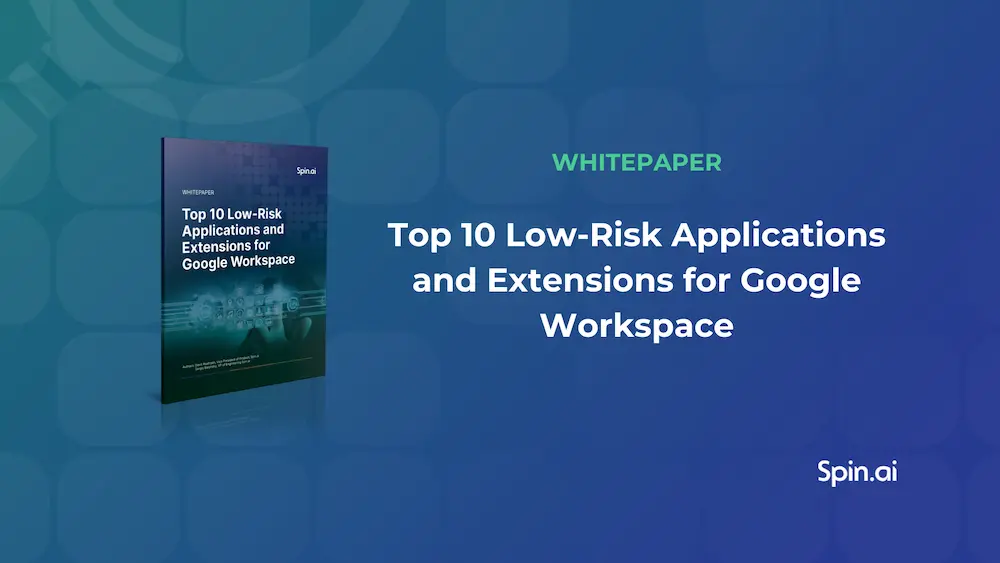Cloud Backup and Recovery: What to Expect in 2018
- 1. More Businesses with a Cloud-First Strategy
- 2. New and Improved Cloud Security Technology
- 3. Increased Demand and Offering of ‘Green’ Cloud Services
- 4. Disaster Recovery as a Service (DRaaS) Becomes Standard
- 5. Greater Investment in Cloud Backup and Recovery from Enterprise Companies
- 6. Smartphone and Mobile Device Data Storage and Backup Will Increasingly Rely on the Cloud
- 7. Increased Importance of Cloud-to-cloud Backup
With the technologies in cloud computing moving so fast, and adoption rates increasing rapidly, we can expect to see some exciting developments in 2017. At the same time, security risks are at an all time high and cloud services must constantly battle between developing new innovations and investing in proactive measures to keep cybercriminals out.
Many IT specialists are predicting that 2018 will be “the year of the cloud”, as companies increasingly have to deal with the backup needs of massive amounts of data, connect more and more devices to the Internet of Things, and start to appreciate the benefits that a cloud-based IT strategy can offer.
Let’s have a look at what’s in store for 2017:
1. More Businesses with a Cloud-First Strategy
We’re likely to see increased adoption of cloud services across the board, but there will also be a new emergence of companies adopting a “cloud-first” strategy – embracing the cloud for their backup, recovery, and other computing requirements from the start.
The benefits of a cloud-first strategy include reduced hosting costs, reduced labor and equipment costs, increased capacity, more streamlined operations, improved collaboration, and better productivity overall. As the increased success of businesses using this strategy becomes clear, others are likely to follow.
2. New and Improved Cloud Security Technology
As cybersecurity threats targeting cloud services continue to increase, the cloud will fight back with new and improved security algorithms and controls, authentication enhancements, and automated threat detection and defence mechanisms.
Defending against cyber criminals is always a cat and mouse game, but it’s important for cloud companies to stay at least one step ahead. Therefore, cybersecurity is likely to be the number one focus of most cloud providers as we move into 2017, both in response to current threats and to address customer concerns.
3. Increased Demand and Offering of ‘Green’ Cloud Services
The demand for cloud services has grown, but so has a need for increased transparency about how environmentally friendly such services are. There has been criticism in recent years about the energy requirements of massive data centres and how adopting cloud technology may not be as green as it first seems.
Cloud backup and other cloud-based services have responded by improving the efficiency of their data centres, investing in renewable energy, and other steps to offer sustainable cloud services with a focus on delivering environmental benefits as well as servicing their clients.
We’re likely to see more investment into sustainable cloud computing in the next year, as well as a focus on the green aspects of cloud services in marketing.
4. Disaster Recovery as a Service (DRaaS) Becomes Standard
For small to medium sized businesses that can’t afford to implement an appropriate disaster recovery system in house, the cloud provides an ideal solution.
Not only is outsourcing disaster recovery to a cloud service provider more cost effective and efficient, it’s also safer. In the event that disaster strikes, the cloud vendor is unlikely to also be affected due to different geographical locations and robust physical and electronic data protection systems.
The focus of the DRaaS market is to offer disaster recovery solutions, often combined with data protection and backup services. We can expect the technology offerings from these services to continue to evolve, with more advanced automatic threat detection systems and automated data recovery options.
Due to the many advantages that DRaaS offers over traditional Disaster Recovery strategies, we’re likely to see many more businesses adopting these services in 2017.
5. Greater Investment in Cloud Backup and Recovery from Enterprise Companies
Many large businesses are still using traditional backup methods or private cloud models because they have the budget and resources to do so, but as public cloud services become more secure and advanced, the advantages of outsourcing backup and recovering requirements will outweigh any security concerns, even for the world’s largest companies.
Increased efficiency, enhanced security, better control and monitoring, easier scalability, faster and easier data backup and recovery, assured regulatory compliance, and the ability to handle massive amounts of data are some of the main reasons that make cloud services so appealing to today’s enterprise-level businesses and we’re already seeing more medium to large companies moving their operations to the cloud.
10% of enterprises with more than 1,000 employees plan to invest $10 million into cloud services in 2017. Cloud computing is likely to account for almost a third of the average US company’s IT budget. IT research and advisory firm, Gartner, predicts a $1 trillion dollar “cloud-shift” by 2020 as the majority of IT spending moves away from traditional hardware and software and is invested into cloud technologies instead.
6. Smartphone and Mobile Device Data Storage and Backup Will Increasingly Rely on the Cloud
As mobile data technologies become faster and cheaper, we are living in a more connected world. At the same time, devices are becoming more slimline, data needs are greater and the pressure is on to fit an ever increasing amount of data into storage mediums that become smaller and smaller.
The cloud will become increasingly important for mobile devices for both storage and vitally for backup and recovery to enable easy transfer of data when switching to a new device (most Android users update their phone every other year).
7. Increased Importance of Cloud-to-cloud Backup
The amounts of data that companies need to store and backup are becoming exponentially huge, so much so that local backup and recovery is no longer an option for many businesses.
The concept of “big data” has been around for a long time but it’s only in the last few years that we’ve begun to get an idea of how big that data may eventually become.
We’re also entering into the brave new world of the Internet of Things (IoT), where millions of devices, machines, and objects will be brought on line. The data requirements for IoT are staggering and the estimated amount of data generated is estimated to reach 600 zetabytes per year by 2020.
To deal with this huge increase in data requirements, cloud providers are upgrading their capacity on a massive scale and in the near future, cloud-to-cloud is likely to be the only viable cloud backup option for many enterprises.
Was this helpful?
How Can You Maximize SaaS Security Benefits?
Let's get started with a live demo
Latest blog posts
6 Common Mistakes in Google Workspace Backup
Google Workspace is a set of productivity apps, including Gmail, Drive, Docs, Meet, and Calendar...
Google Workspace vs. Microsoft 365 comparison
With so many productivity suites available, it can be overwhelming to decide which one is...
Top 10 Low-Risk Applications and Extensions for Google Workspace
Google Workspace is an extremely popular SaaS productivity suite used by millions of organizations today....


